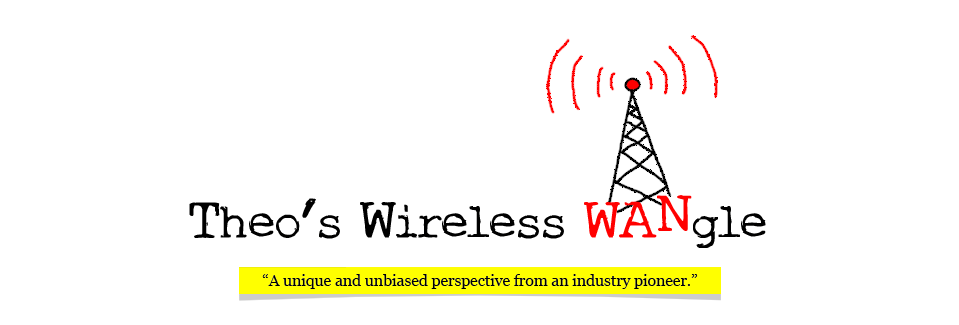In a front page expose, "Danger Under our Streets," USA Today reported that there are 86,000 miles of aging gas pipe lines corroding under U.S. streets. 30,000 miles are cast-iron, much of it from Roosevelt's time (Teddy!). The rest is unprotected, rusty steel1. Gas leaks are surprisingly common throughout and it's practically a tinderbox in older cities, notably Boston, New York, Philadelphia, Baltimore and Washington D.C., where replacing aging pipe is a mammoth undertaking.
Consider these statistics culled from government reports - thousands of gas leaks each year, an explosion every other day, thousands more averted and 2% of natural gas literally slipping through the (pipe) cracks. The Pipeline and Hazardous Materials Safety Administration reported that in 2012, Con Edison in New York averaged 83 leaks for every 100 miles of main. That year 9,906 leaks, half of them hazardous, were reported by Con Edison and National Grid just between New York City and Westchester county.2 5,900 leaks were mapped along 1,500 miles in Washington D.C.3
Those afraid to drive across bridges may now want to avoid city streets as well, but from an IT standpoint, if you're responsible for a data center in a high risk city, then there's no excuse not to have a kick-ass wireless backup on your roof, whether to another facility or remote Internet POP. It's relatively cheap insurance and while it may not back up all your fiber, you'll easily maintain critical services. And we're not talking about covering you for a few tense minutes. A gas line explosion, like a hurricane, can sideline your data center for days.

